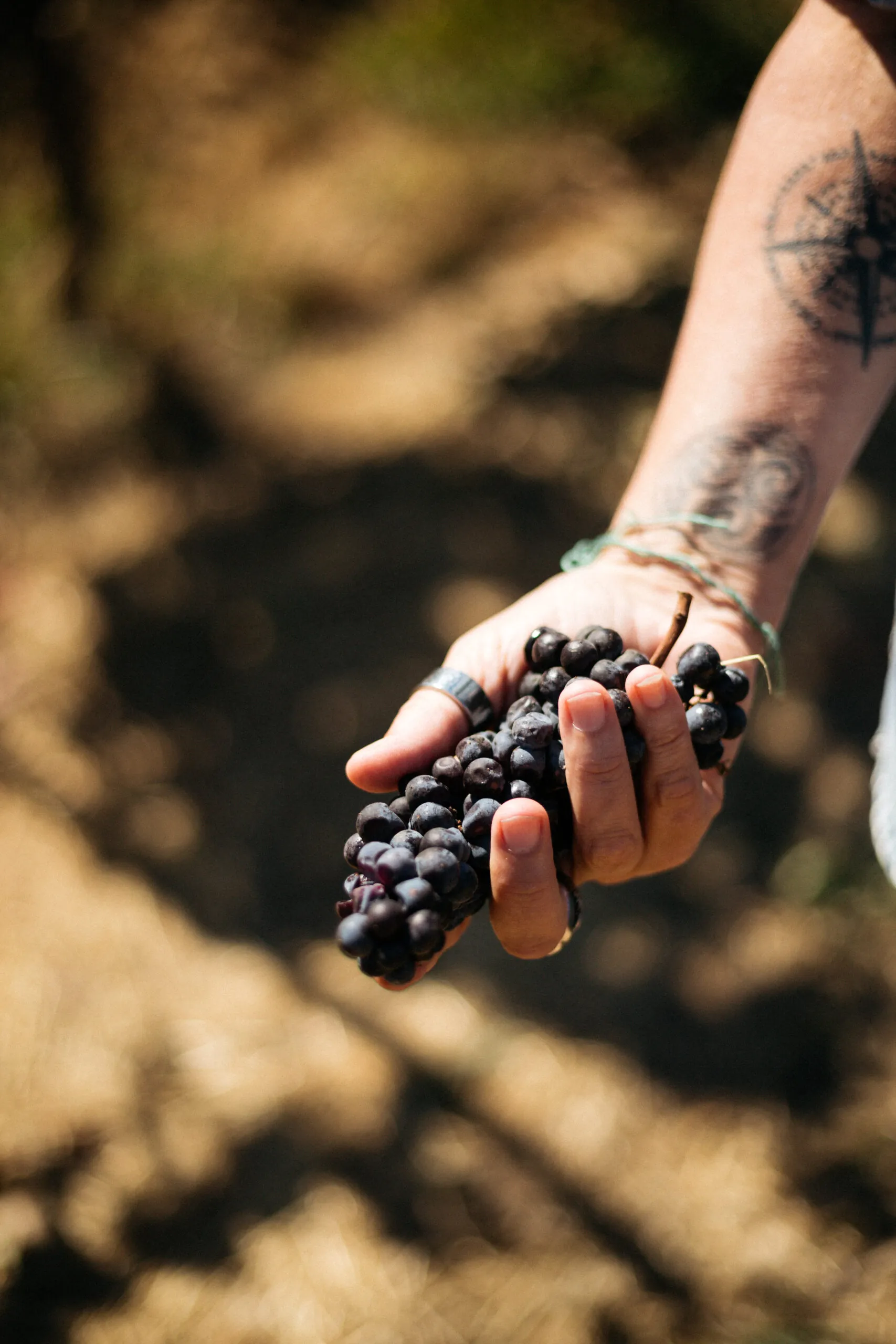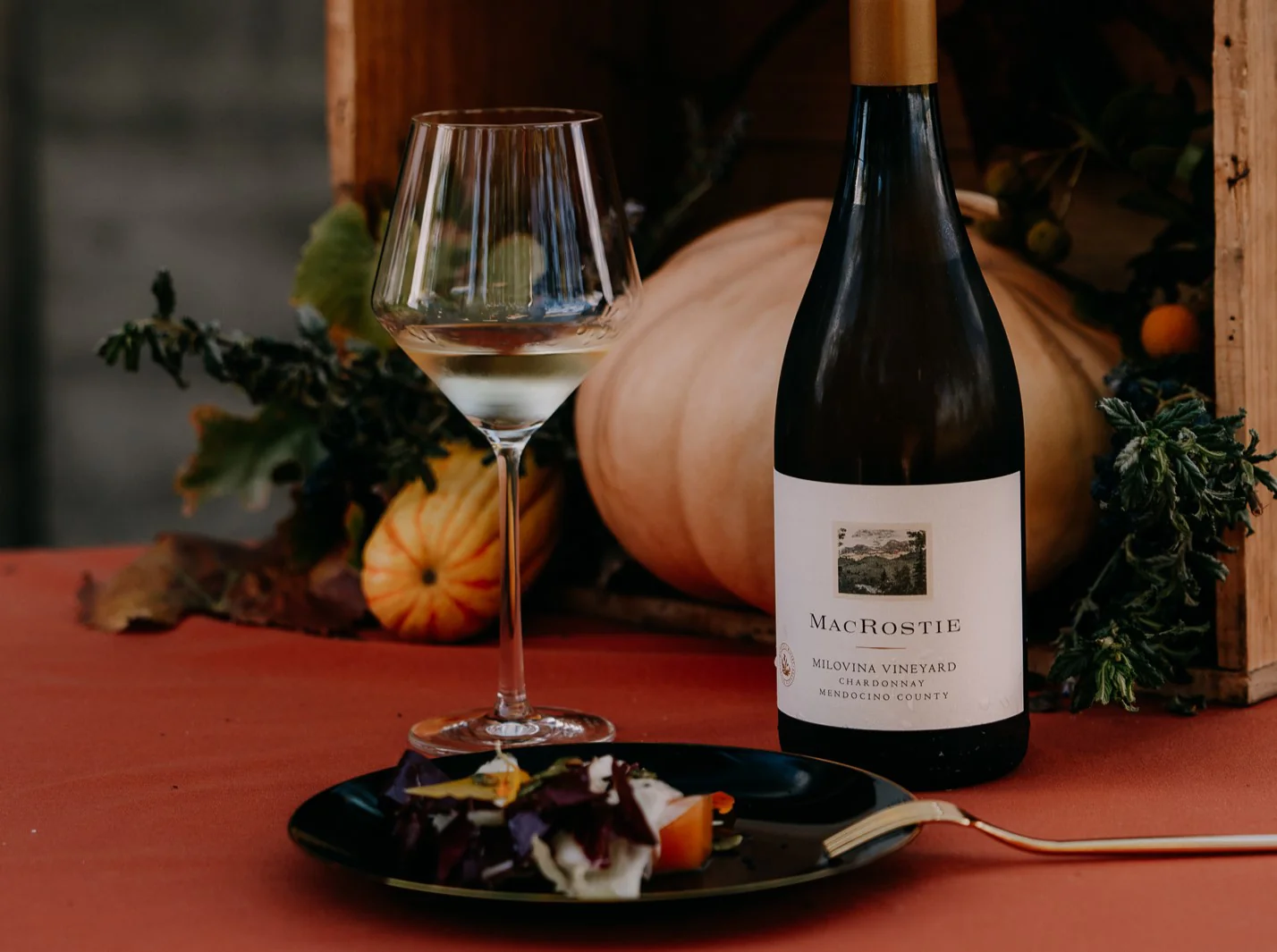Here in beautiful Sonoma County, after a winter that saw us deluged with rain after years of drought, spring has arrived in all its glory. From majestic super blooms blanketing the hillsides in stunning shades of yellow, orange, and red to the buds bursting to life in our Nightwing and Thale’s estate vineyards, the 2023 growing season is off and running.
Back in the fall of 2022, we planted our cover crops for the coming year. Now that bud break has arrived, we have begun mowing these cover crops, which will help to replenish the natural vitality of the soil and strengthen our vines. While we have long focused on sustainability in our farming practices, in recent years, we have gone even further, and are now applying regenerative agricultural practices. This holistic method of farming improves soil health by minimizing vineyard tillage, planting diverse cover crops, composting, and other key practices to increase biodiversity. In addition to creating healthier and more dynamic vines, regenerative farming also sequesters more carbon, helping to mitigate climate change.
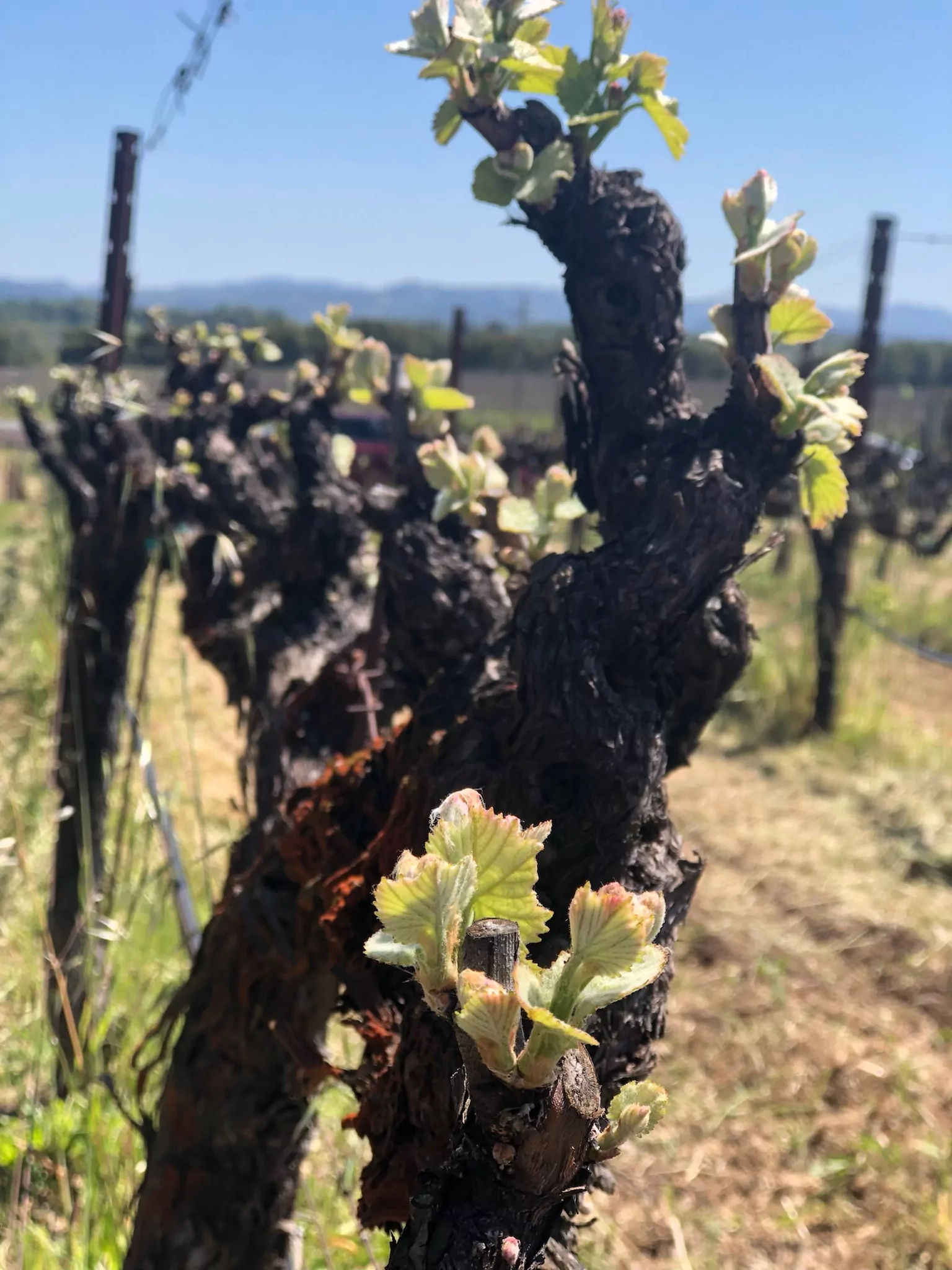
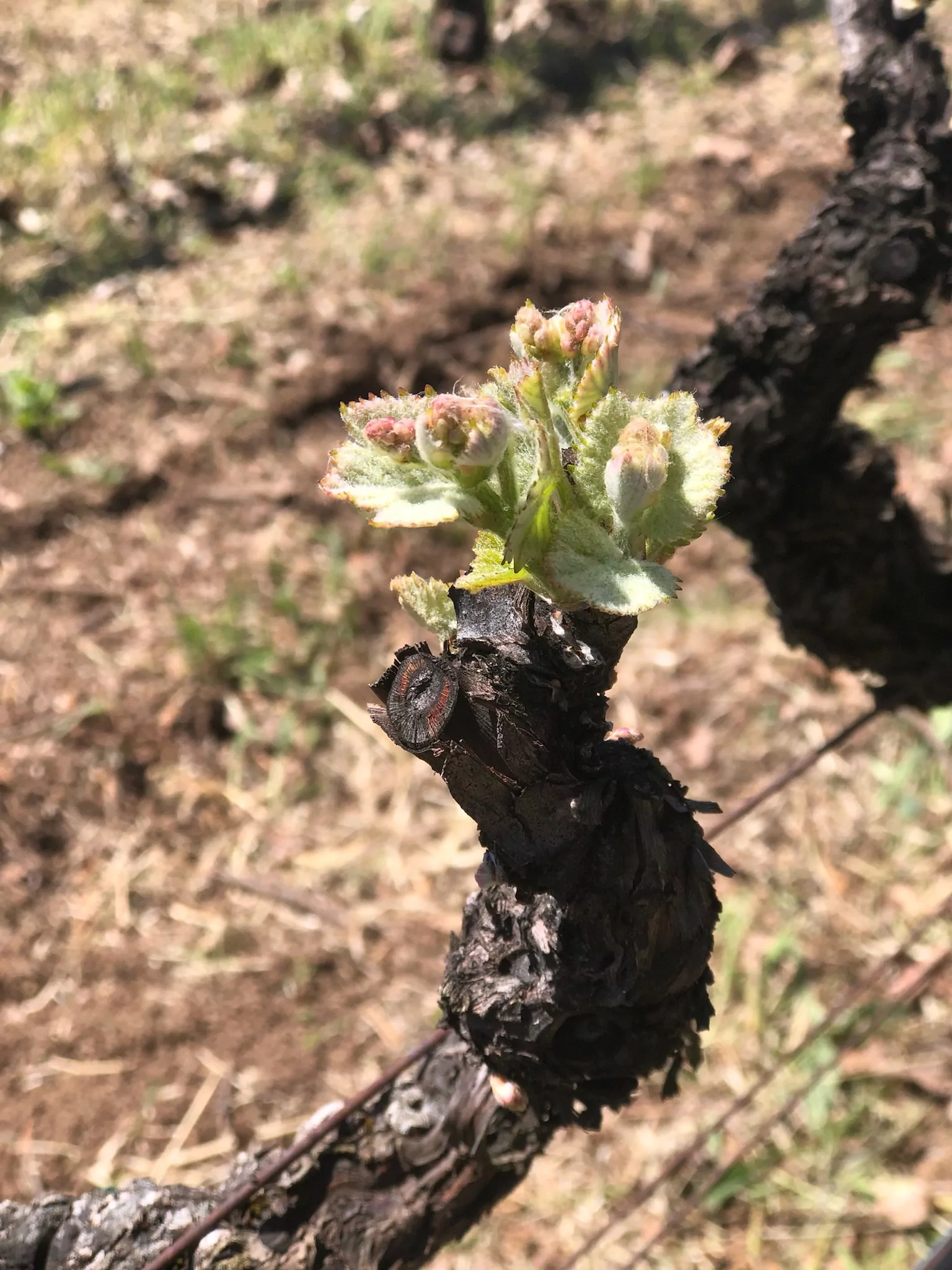
In the weeks ahead, we will begin suckering and shoot thinning passes to get rid of the weakest, or out-of-position shoots, so that we get the ideal number of clusters per vine. While you might think that the winter rains would mean a large crop, one of the interesting things about vineyards is that the size of the crop is significantly shaped by the growing season that preceded it. Or to put it more simply, the drought and heat of 2022—and the impact it had on the vines—will largely decide the size of our 2023 crop. This said, with much more water in the soils, we expect somewhat bigger berries and clusters, which is a good thing.
Over the course of May and June—and with the arrival of bloom—we’ll get a better sense for the fruit set in our vineyards. Because bud break came later than usual this year, we are hopeful for beautiful weather during bloom, which can be adversely affected if it’s rainy or too cold. While the growing season has only just begun, the vitality of our vineyards has us optimistic for a great vintage.
As 2023 begins to take shape in the vineyards, we have just finished blending several of our 2022 wines in the winery, including pinnacle offerings, The Loch and The Key, and our Sonoma Coast Chardonnay and Pinot Noir. As I have tasted through our 2022 wines again and again over the past few months, I’ve been struck both by their amazing quality and by the unique and exciting way the 2022 growing season has left its imprint on each of the sites we work with. While this diversity promises remarkably compelling single-vineyard wines, it will also ensure fascinating layers of complexity and flavor in our blended wines.
Last, but by no means least, as I look ahead to 2023, my team and I are preparing to make our debut Late Harvest Chardonnay using grapes from our spectacular Nightwing Vineyard. As a winery that has been dedicated to Chardonnay since our debut vintage in 1987, we’re very excited to explore a new decadently delicious expression of the grape!
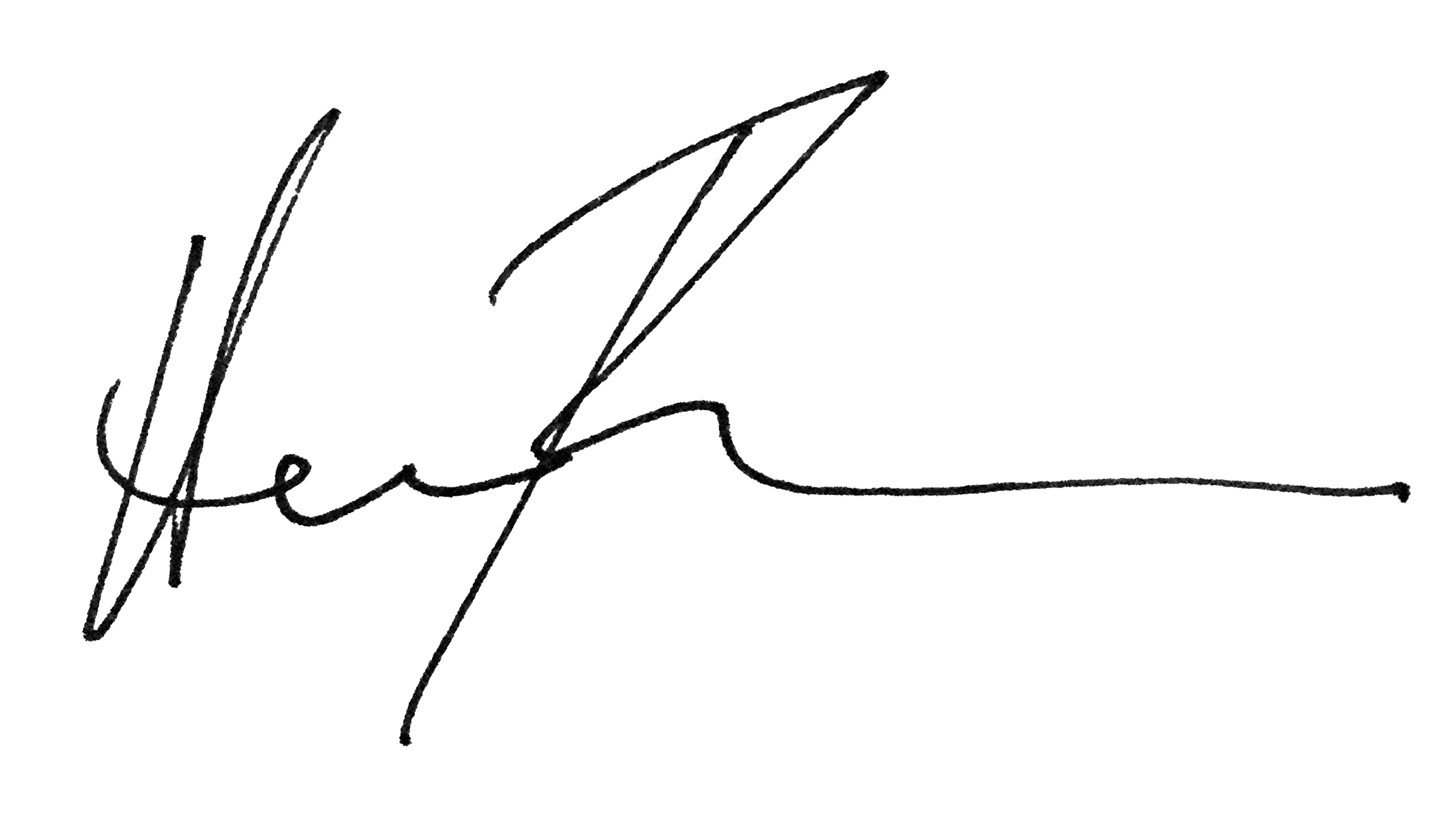
HEIDI BRIDENHAGEN
Winemaker – MacRostie Winery and Vineyards
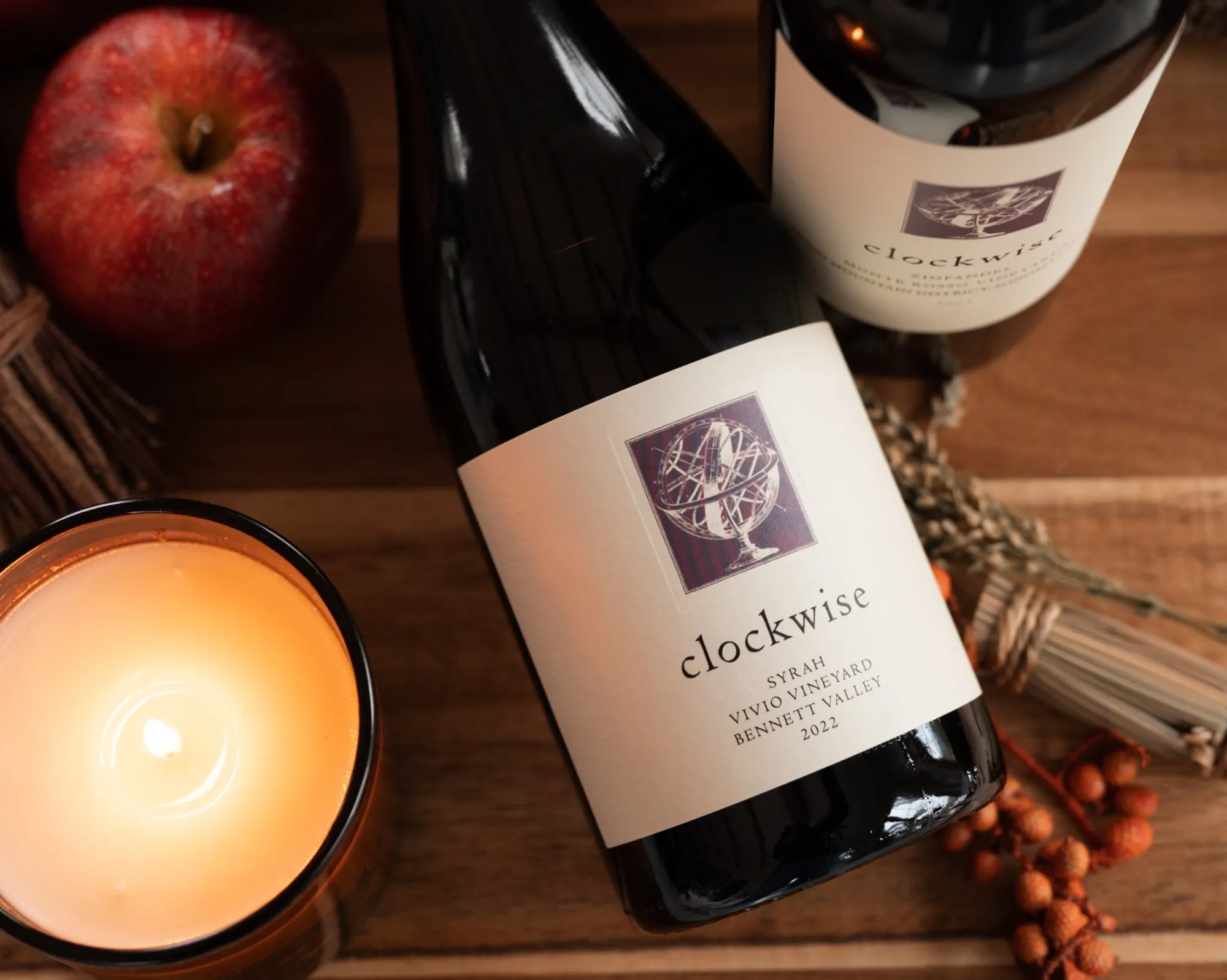

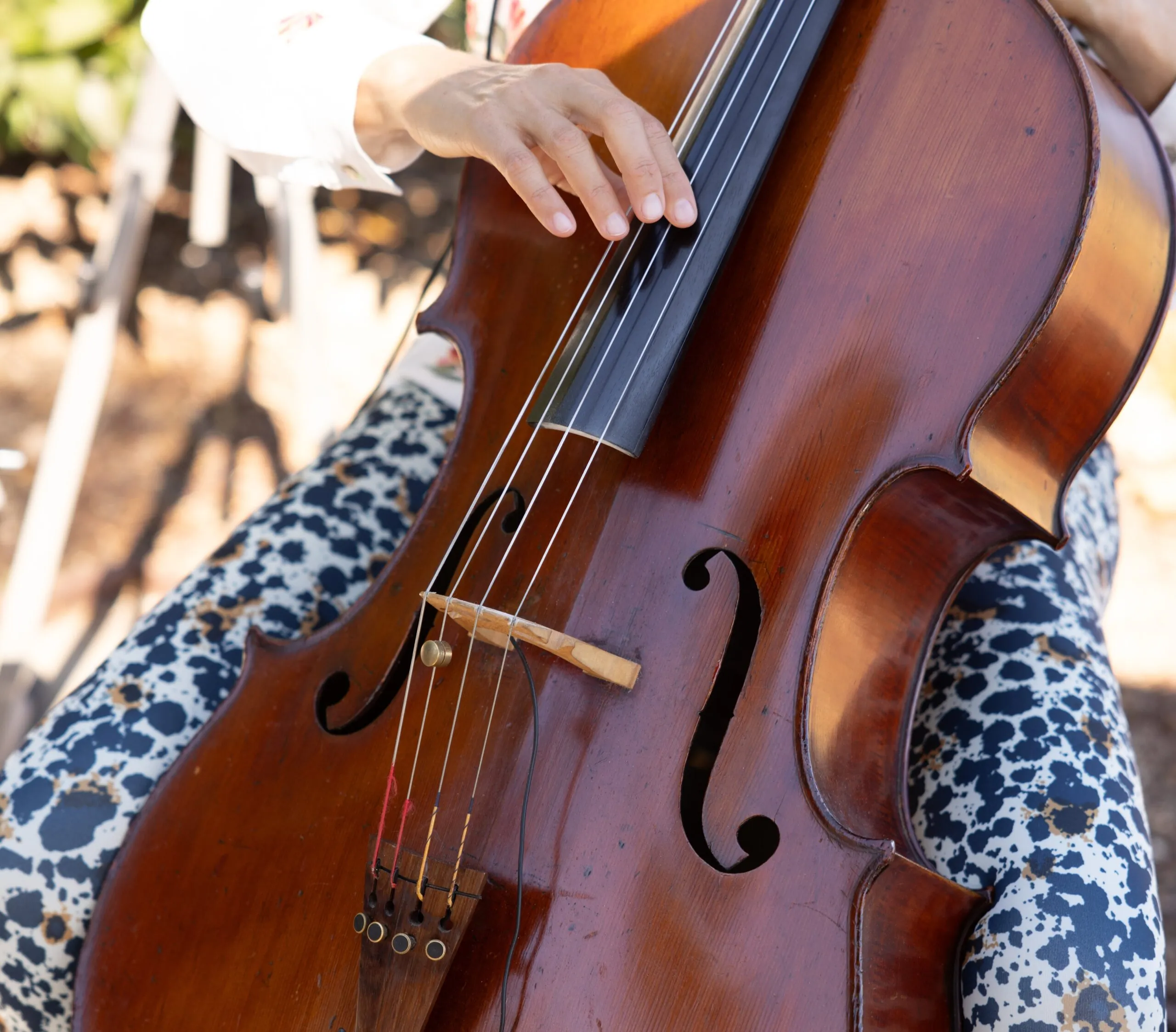

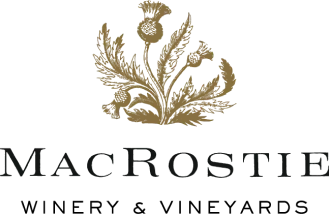

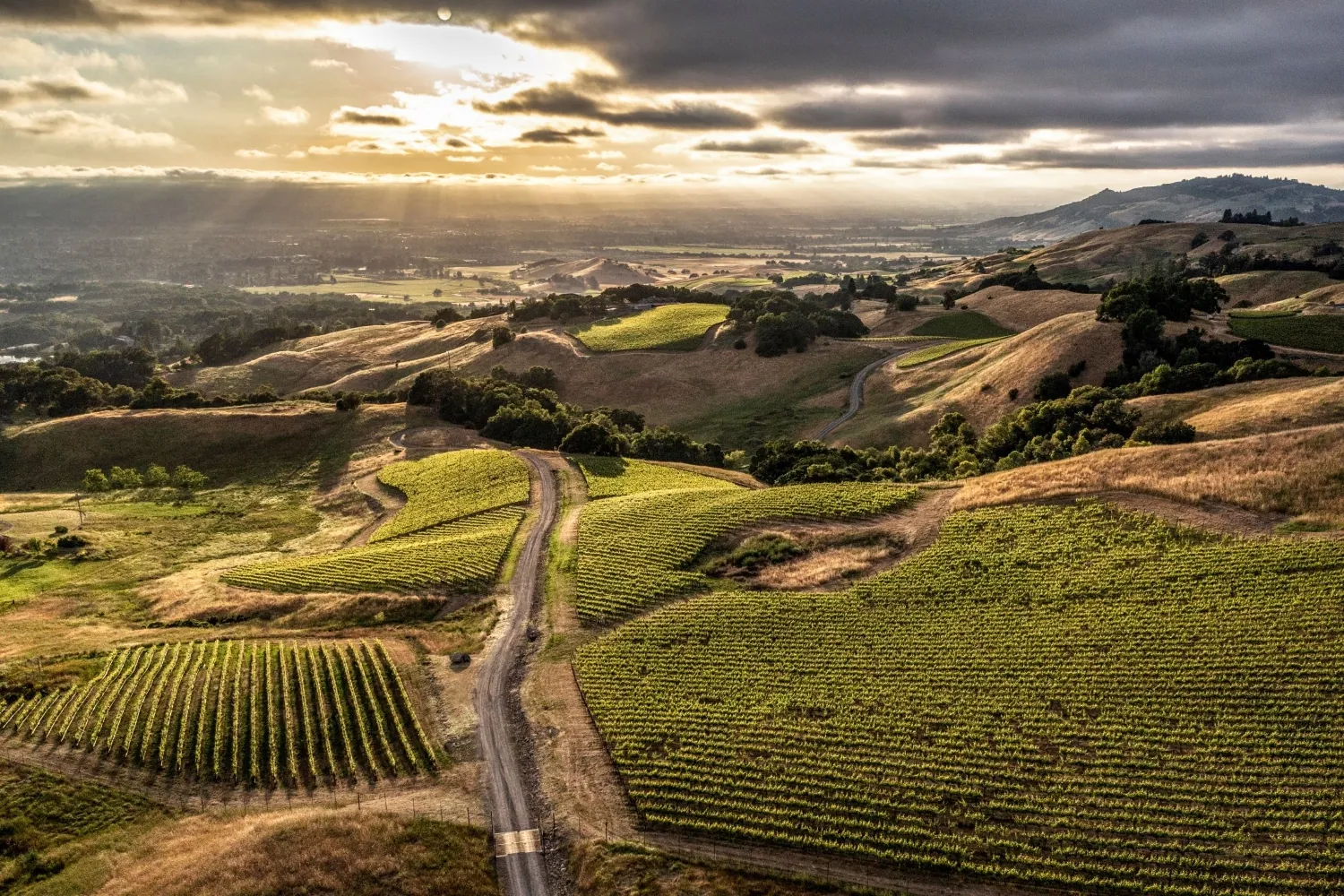
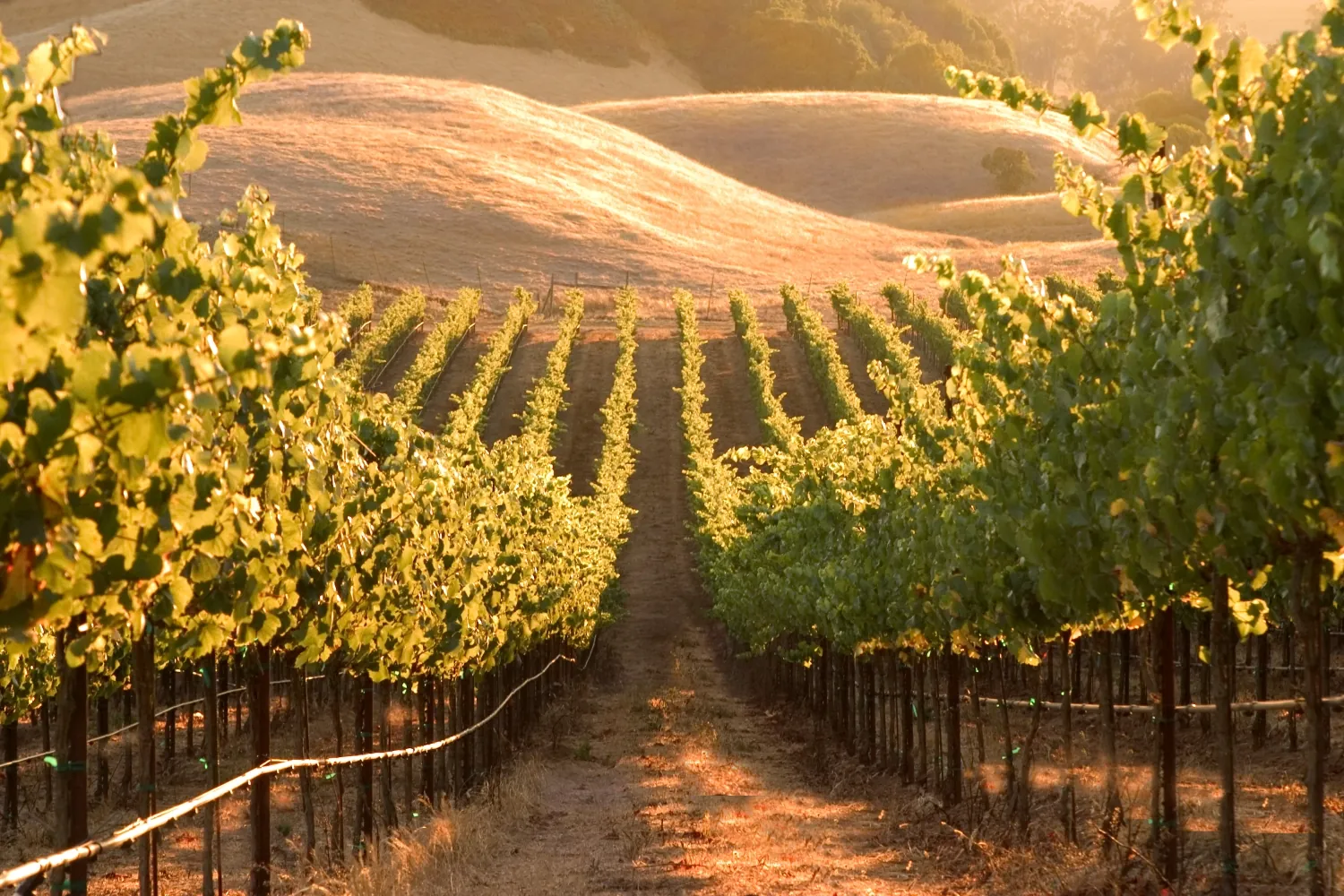
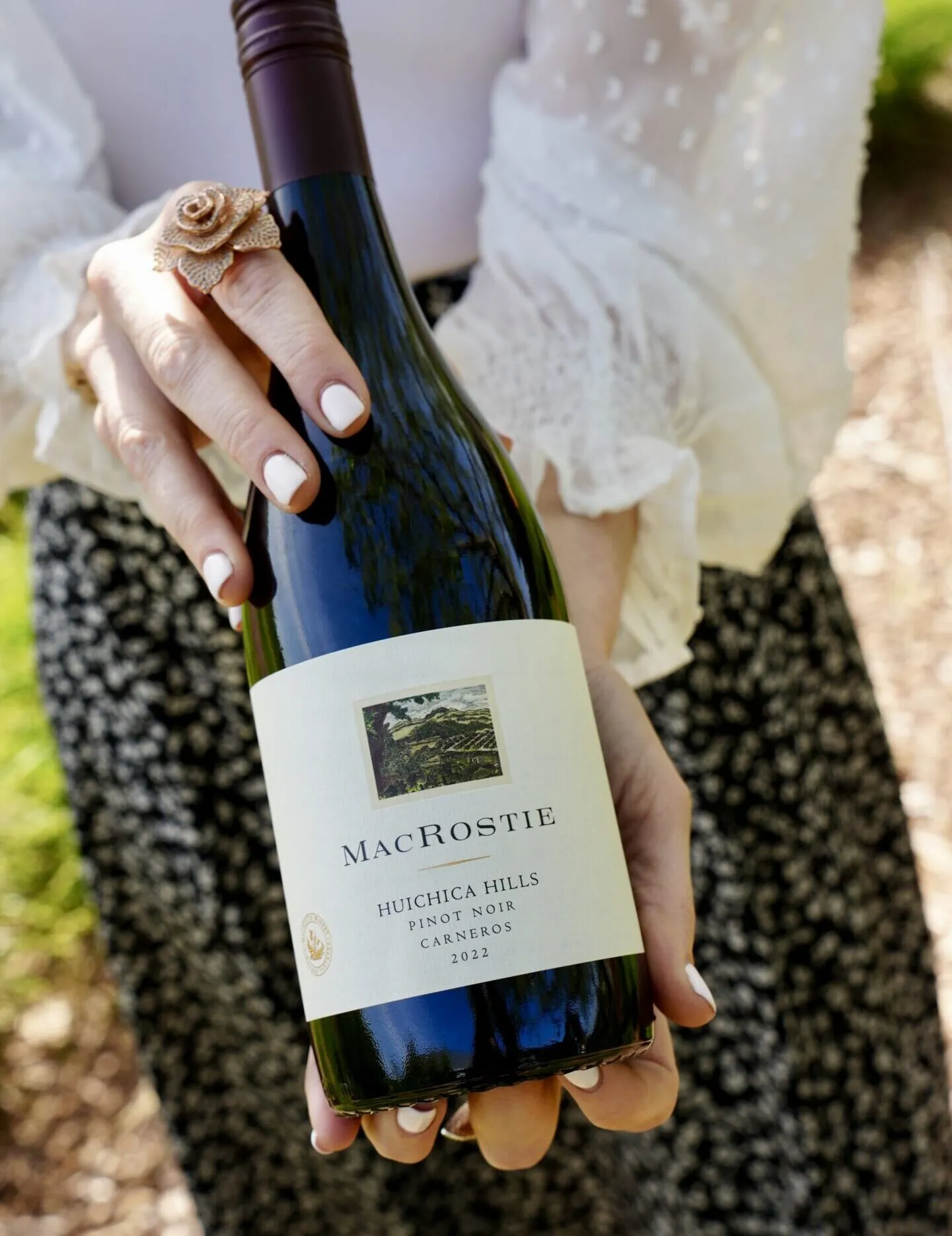



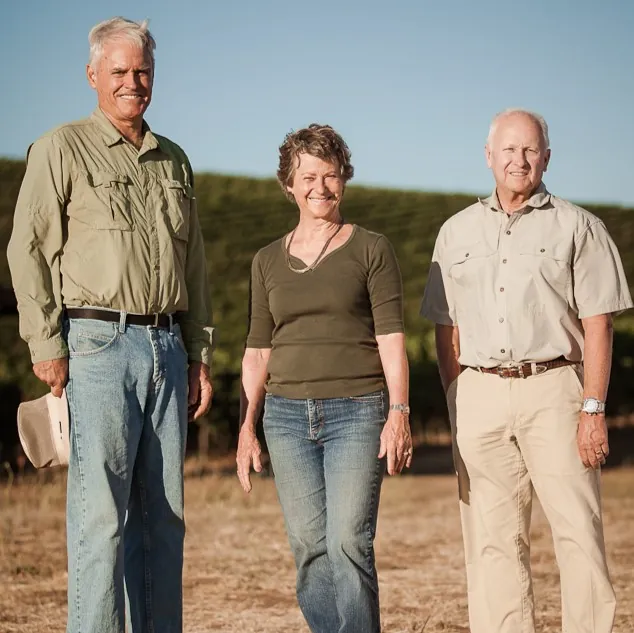 Eager to cultivate his own great piece of land and believing that the site had near limitless potential for producing extraordinary cool-climate Chardonnay and Pinot Noir, Steve (right) approached the land’s owners, ranchers Tony and Nancy Lilly (left and center), and formed a partnership to develop the land into Wildcat Mountain Vineyard. After meticulously evaluating the site and thoughtfully selecting early ripening rootstocks and a diversity of his favorite clones, Steve began the careful planting of 58 acres of Chardonnay, Pinot Noir, and Syrah vines in 1998. In keeping with the natural topography of the site, the plantings were designed as 18 different vineyard blocks spread across five fields, with a variety of elevations, exposures, and soils.
Eager to cultivate his own great piece of land and believing that the site had near limitless potential for producing extraordinary cool-climate Chardonnay and Pinot Noir, Steve (right) approached the land’s owners, ranchers Tony and Nancy Lilly (left and center), and formed a partnership to develop the land into Wildcat Mountain Vineyard. After meticulously evaluating the site and thoughtfully selecting early ripening rootstocks and a diversity of his favorite clones, Steve began the careful planting of 58 acres of Chardonnay, Pinot Noir, and Syrah vines in 1998. In keeping with the natural topography of the site, the plantings were designed as 18 different vineyard blocks spread across five fields, with a variety of elevations, exposures, and soils.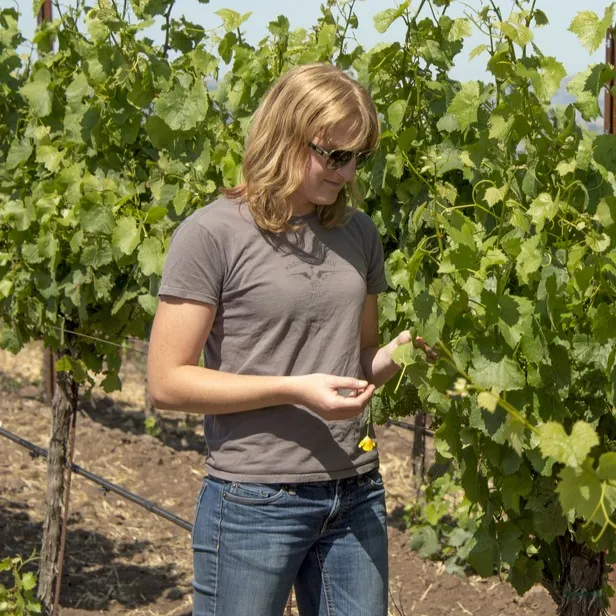 Since being named MacRostie’s winemaker in 2013, Heidi Bridenhagen has further cemented Wildcat’s reputation as a grand cru-caliber vineyard, with its wines consistently earning rave reviews and 90+ point scores. Heidi has also used fruit from Wildcat to craft MacRostie’s coveted Single-Barrel wines and as part of the winery’s pinnacle, The Loch and The Key bottlings. At the same time, Wildcat has become a sought-after grape source for such noted wineries as Talisman, Fulcrum, Bannister, and others. “Great vineyards have something unique and special to offer,” said Heidi. “I love the wines from Wildcat. The Chardonnays are distinctive and fascinating, with exceptional structure, sophisticated minerality, cool-climate nerve and signature honey and spice notes, while the Pinot Noirs deliver sumptuous color, weight, and black fruit character with robust tannins and a remarkable intensity of flavor.”
Since being named MacRostie’s winemaker in 2013, Heidi Bridenhagen has further cemented Wildcat’s reputation as a grand cru-caliber vineyard, with its wines consistently earning rave reviews and 90+ point scores. Heidi has also used fruit from Wildcat to craft MacRostie’s coveted Single-Barrel wines and as part of the winery’s pinnacle, The Loch and The Key bottlings. At the same time, Wildcat has become a sought-after grape source for such noted wineries as Talisman, Fulcrum, Bannister, and others. “Great vineyards have something unique and special to offer,” said Heidi. “I love the wines from Wildcat. The Chardonnays are distinctive and fascinating, with exceptional structure, sophisticated minerality, cool-climate nerve and signature honey and spice notes, while the Pinot Noirs deliver sumptuous color, weight, and black fruit character with robust tannins and a remarkable intensity of flavor.”